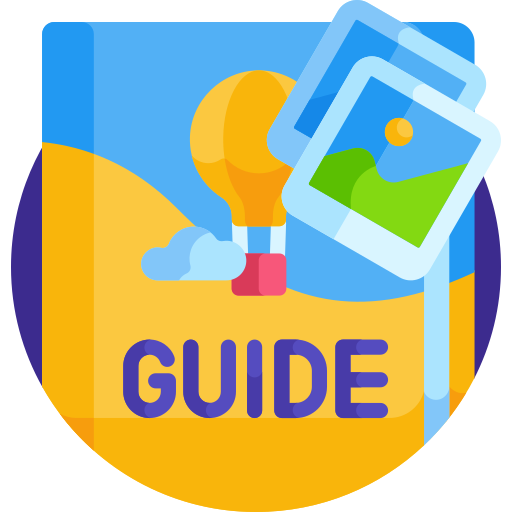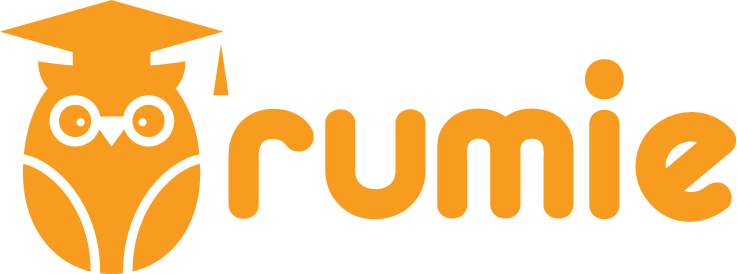Are you looking to boost student engagement in your classroom? Use inquiry-based learning!
 Photo by CDC on Unsplash
Photo by CDC on UnsplashWhat is Inquiry-Based Learning?
Inquiry-based learning involves students asking questions and researching real-world problems.

From a student's POV: Look at a question or topic.
They must:
Ask questions
Get information for support
Explain the evidence
Make a conclusion
Show conclusions
Use journals, presentations, graphs, etc.

From a teacher's POV: Move students from curiosity to understanding.
They must:
Ask for questions
Run the process
Show students what to do
Use difficult topics
Use science experiments, field trips, debates, projects, group work, etc.
How do you plan an inquiry-based lesson?

Consider the 5 E's teaching model:
Engage students on a question or topic
Have students explore it
Help students explain it
Have students elaborate on their findings
Have students evaluate (demonstrate) their understanding
1. Engage Students
Introducing a new topic? Find out what the students know. Identify areas that students don't know about.

Some classroom activities you can use to implement inquiry learning during the "engage" phase:
KWL Charts: list of what the students know, want to know, and what they learned
Class discussions
Warm-up activities

Students
Ask questions
Share thoughts
Show what they currently know

Teachers
Bring up questions
Help students connect information
Encourage the sharing of thoughts
2. Student Exploration
Teachers help students explore and solve problems in a hands-on way.

Some classroom activities you can use to implement inquiry learning during the "explore" phase:
Online simulations
Experiments
Create models
Station activities
Reading articles

Students
Check guesses
Look into things
Solve problems
Compare with others

Teachers
Watch & listen to how students work together
Support teamwork
Ask deeper questions
Give enough time
3. Help Students Explain
The teacher runs the class and supports an entire class discussion.

Classroom activities to provide while doing inquiry-based instruction in the "explain" phase:
Show videos
Group discussion
Provide reading material
Asking questions

Students
Show understanding
Listen to others
Give reasons why you think that
Share your ideas

Teachers
Ask students what they mean
Define things
Add to what students say
Invite others to share
4. Student Elaboration
Students use what they have learned. They take their understanding and connect the new information to form a conclusion.

Classroom activities to implement inquiry-based learning during the elaboration phase.
Case studies
Simulations
Projects

Students
Make conclusions
Connect new and old learning
Ask new questions
Use what you know in new situations

Teachers
Ask follow-up questions
Help make conclusions
Explain reasons why someone might think that
Use relevant vocabulary
5. Student Evaluation
The student's understanding will be assessed. Use formal and informal assessments.

Classroom activities to promote inquiry-based learning during the evaluation phase:
Reflections
Assessments
Debates

Students
Check yourself
Get feedback from classmates
Follow a teacher-given guide
Answer questions

Teachers
Use multiple types of assessments
Let students assess themselves
Identify what students understood
Ask questions requiring a lengthy answer
Mr. Chen's Tidal Mystery Lesson

Mr Chen is a passionate 11th-grade science teacher. The school he works at is 2 blocks away from the beach. He employs many methods to engage his students. His students are active high school students, who are interested in the ocean.
Mr. Chen set up the desks in his classroom to overlook the ocean, puts up posters of sea life and beaches, and plays a recording of the sound of waves.
Mr. Chen introduces the concept of ocean tides and divides students into groups to create models illustrating tidal movements.

Students begin to hypothesize about the causes of tides, manipulate models to observe changes, and engage in discussions about the influence of celestial bodies on tides.
The class concludes with students leaving with a deeper understanding of tidal phenomena.
Quiz
Pretend you're Mr. Chen what would you have the students do next? Select all that apply:
Take Action
The 5E teaching model can aid students in successfully participating in inquiry-based learning.

Your feedback matters to us.
This Byte helped me better understand the topic.
